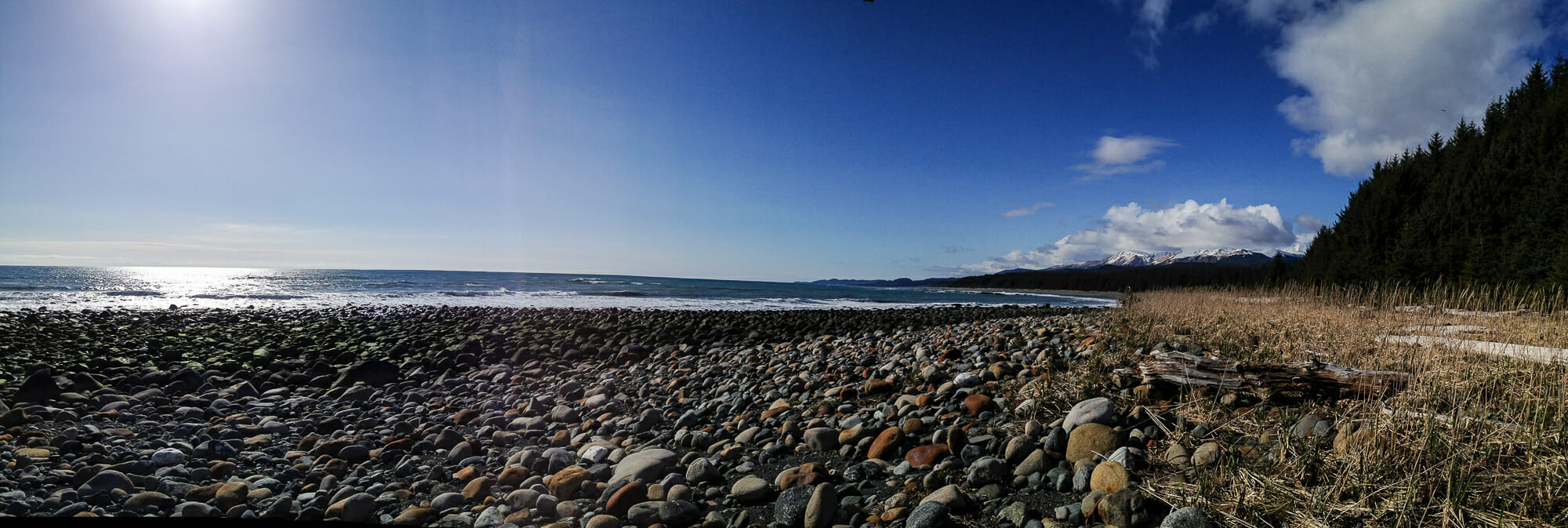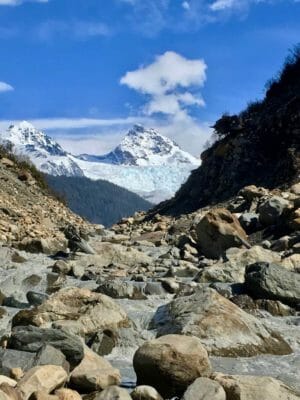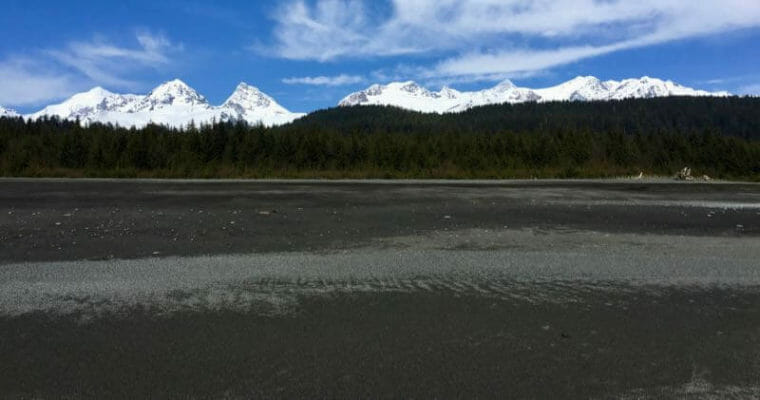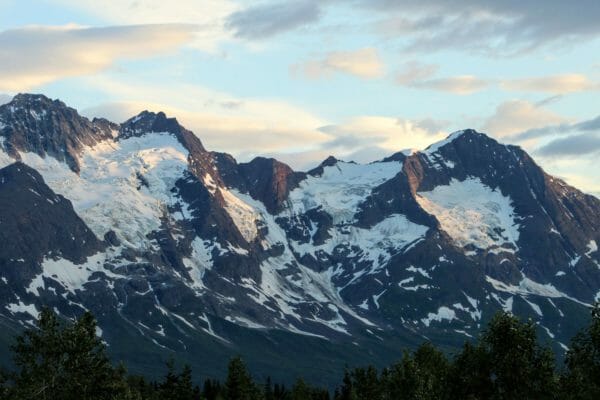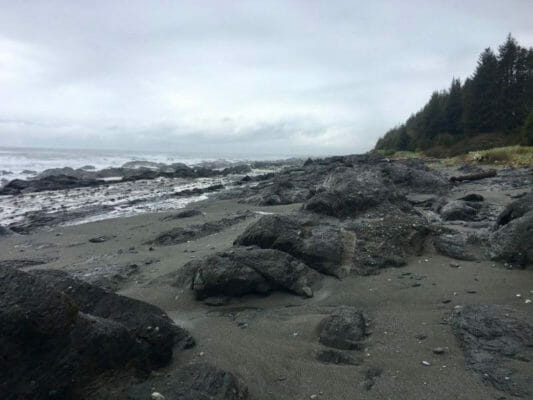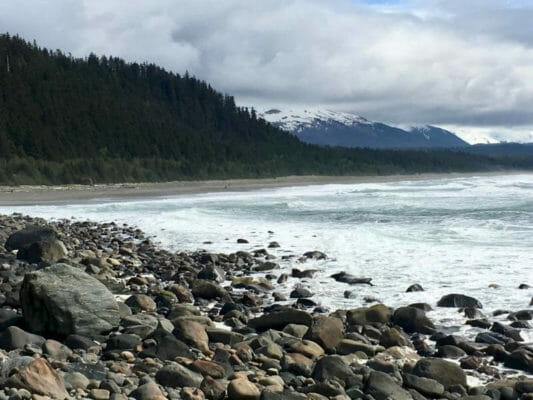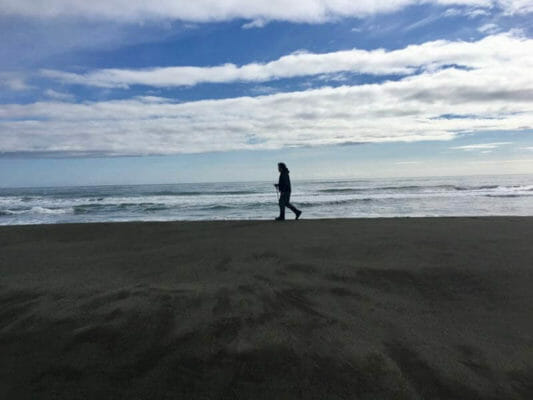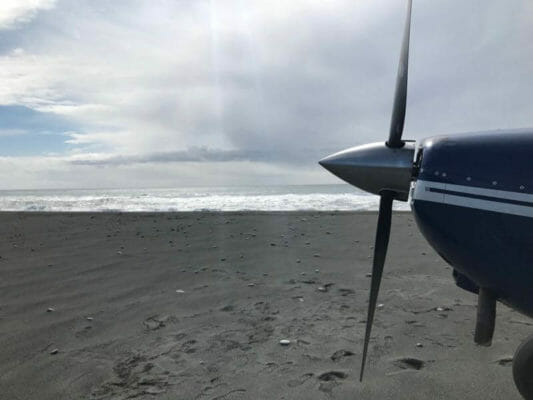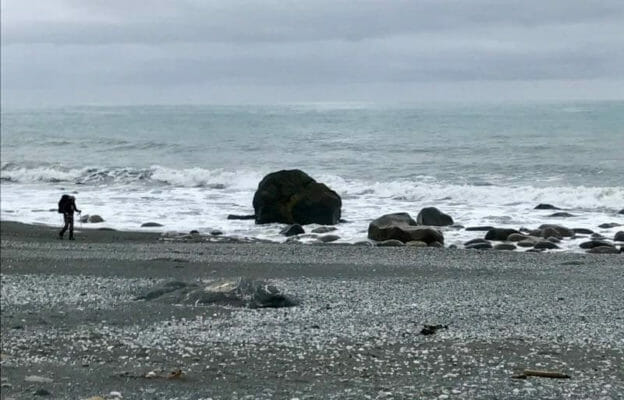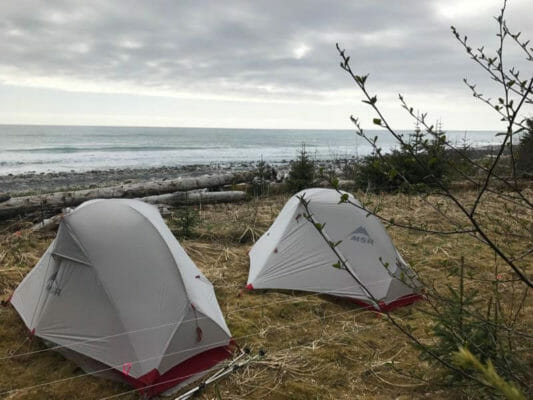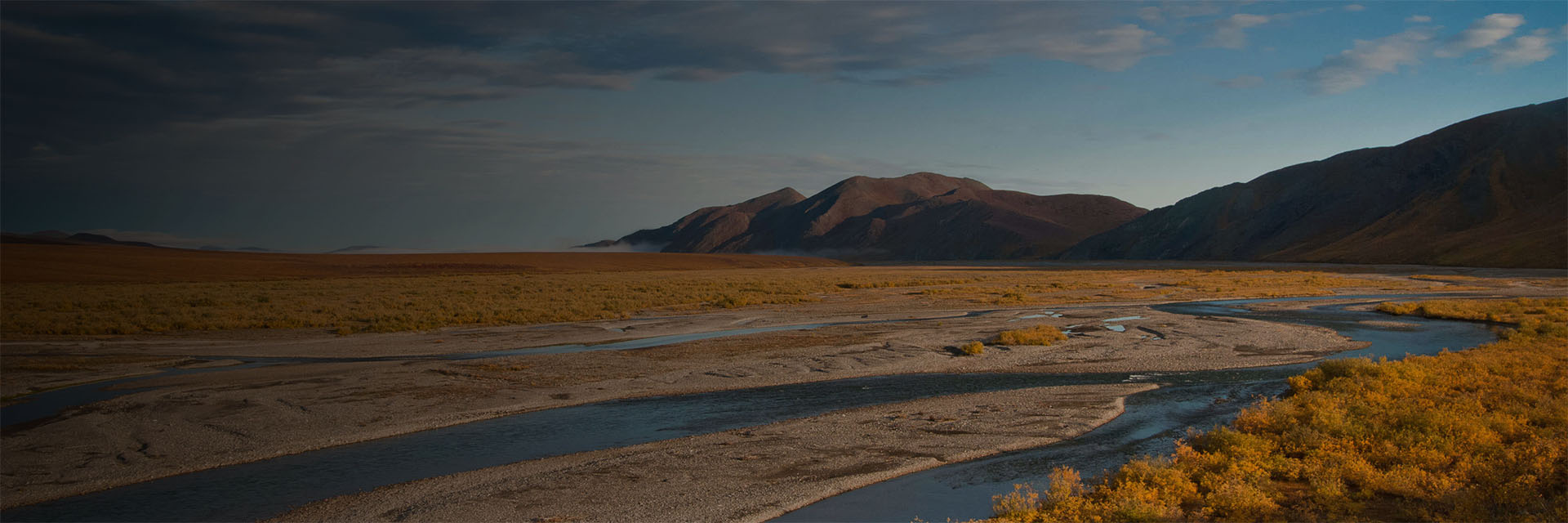Last updated: May 4, 2023
Itinerary
What follows is a general flow of events. Expect the unexpected and prepare to be flexible.
Day 0
Meet your guide for a pre-trip meeting in Haines, Alaska. Lodging on your own.
Day 1
Right from the start you know you are in for a spectacular flight! After climbing out of the Chilkat Valley we quickly find the ice fields and jagged peaks of Glacier Bay National Park. Then (in good weather) we get breath-taking views of Mt. Fairweather and north into Canada’s Kluane Park. After an hour of flying we descend and land right on the beach. In perfect conditions you can hear the glacier cracking from our first camp where we sit with views of the ocean swells.
Day 2
We’ll take the first full day of the trip to day-hike near the glacier. La Perouse is unique in Alaska for flowing into the ocean right across the Pacific Beach. Most glaciers are at the head of a valley or fjord but this one spills onto the beach and great hunks bounce in the ocean waves. We can hike on the moraine to a promontory with unbelievable views of the mountains and ice fields to the east and the broad gulf of Alaska to the west. There is no place quite like it.
Day 3
Shoulder our packs and hike up the beach. Wolf tracks, bear tracks, and bird tracks by the millions pock the sand. We weave a course down the coast distracted by beachcombing and searching for firm sand, first by the water and then on the terrace. Crossing the aqua-marine creeks chills our feet and challenges our balance, but once across we find a lovely camp in the beach grass with plentiful firewood and a lovely view.
Day 4
We can take the day to hike inland to Crillon Lake. Bear trails lead us deep into the forest past enormous spruce and cedars. In places cliffs force us to dive into the blueberry tickets, in other areas we stroll through the moss. It is a challenging hike but the views of the canyon and glacial lake are worth the effort.
Day 5
Packs-on, we resume our hike up the coast. We wind through the rocks, negotiate the cobbles and find the firm sand underfoot where we can. We keep our eyes peeled for bears grazing on the first spring greens and scan the beach for whale bones or other interesting flotsam. If we put-in a full day we can probably cover about 10 miles.
Day 6
We’ll pack-up again and spend the morning hiking with our packs. When we get to our pick-up spot on the beach, we’ll re-establish camp and head-off on another day-hike. Or if you’d prefer to hang-out on the beach and watch birds winging north, that’s fine too. The weather, wildlife and your desires dictate how we spend our last afternoon and evening on the wild coast.
Day 7
Weather permitting, our pilot arrives mid-day for the flight back over (through or around) the mountains and back to Haines. It is worth spending a few extra days in Haines after your trip to allow for weather delays and to enjoy the friendly town.





